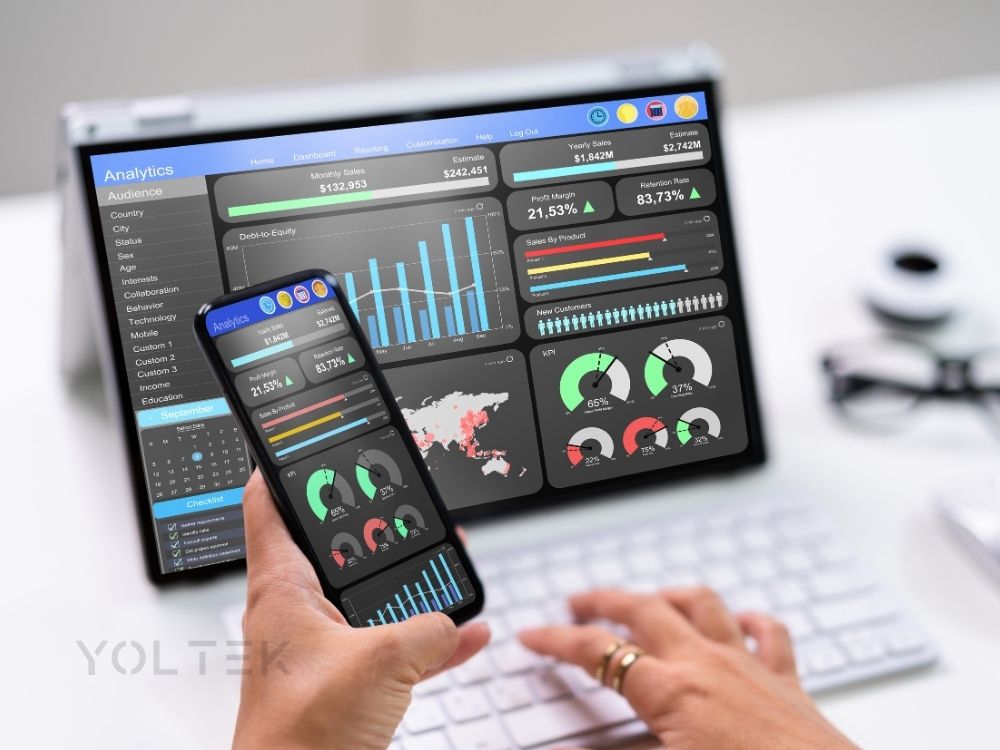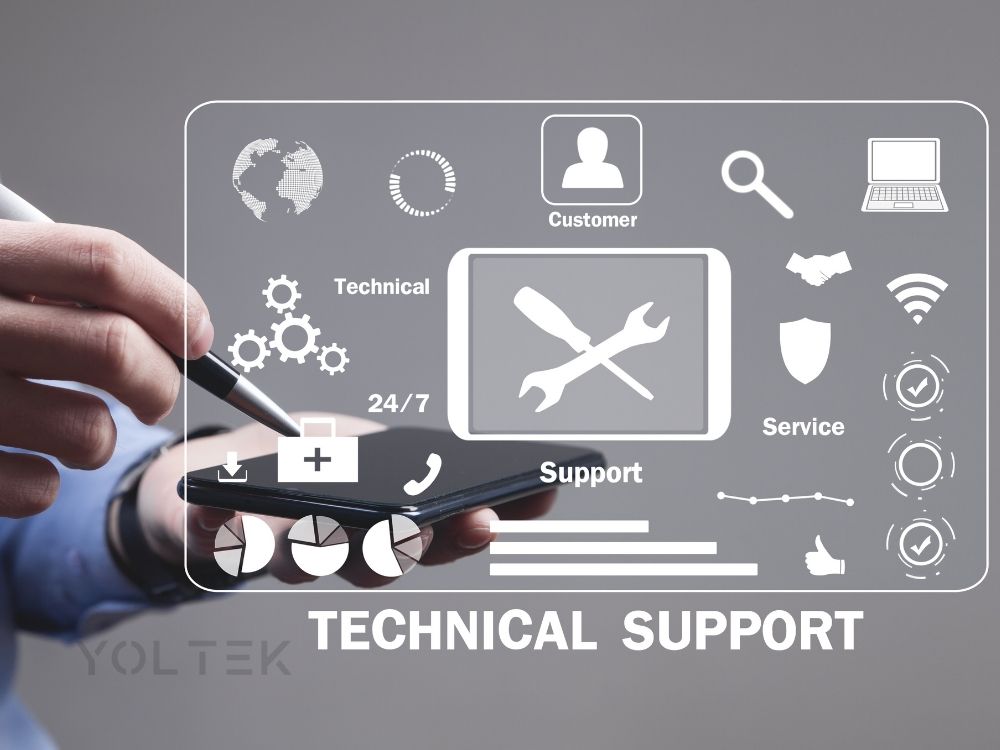
Introduction to Best Practices for Developing High-Performance Mobile Apps
In a rapidly evolving technology world, mobile apps have become an essential part of users' daily lives. To achieve high performance and a great user experience, it's crucial to follow best practices in app development. In this article, we'll explore key tips and techniques that contribute to improving app performance and ensuring a smooth, effective user experience. By adhering to these practices, you can ensure that your app is not only technically advanced but also meets users' expectations and needs.
Best Practices for Developing Mobile Apps
- Optimize App Performance: Ensure high app performance by reducing data size, optimizing response times, and avoiding heavy operations that may affect app speed.
- Smooth User Experience: Design a simple and user-friendly interface, focusing on providing a seamless experience free of complexity.
- Comprehensive Testing: Conduct extensive testing to ensure the app performs well across different devices and operating systems, and is free of bugs.
- Security and Data Protection: Implement best security practices to protect user data and ensure the app is secure against external threats.
- Regular Updates: Regularly update the app to fix bugs and add new features to meet evolving user needs.
- Usage Data Analysis: Use analytics tools to monitor app usage and understand patterns and preferences to improve performance and interaction.
- Device Compatibility: Ensure the app is compatible with a variety of devices and operating systems to provide a consistent user experience.
- Responsive Design: Use responsive design to ensure a comfortable user experience on all screen sizes.
Improving Apps Through User Feedback
User feedback plays a crucial role in enhancing mobile applications. By gathering and analyzing user comments, you can identify areas for improvement and better meet their needs. Utilize data collection tools such as surveys, ratings, and reviews to gain insights into app performance and user experience. By effectively implementing this feedback, you can make necessary adjustments, improve app features, and ensure it meets user expectations and satisfaction. Continuous interaction with users and regular updates based on their feedback helps keep your app ahead of the competition and ensures its success in the market.







